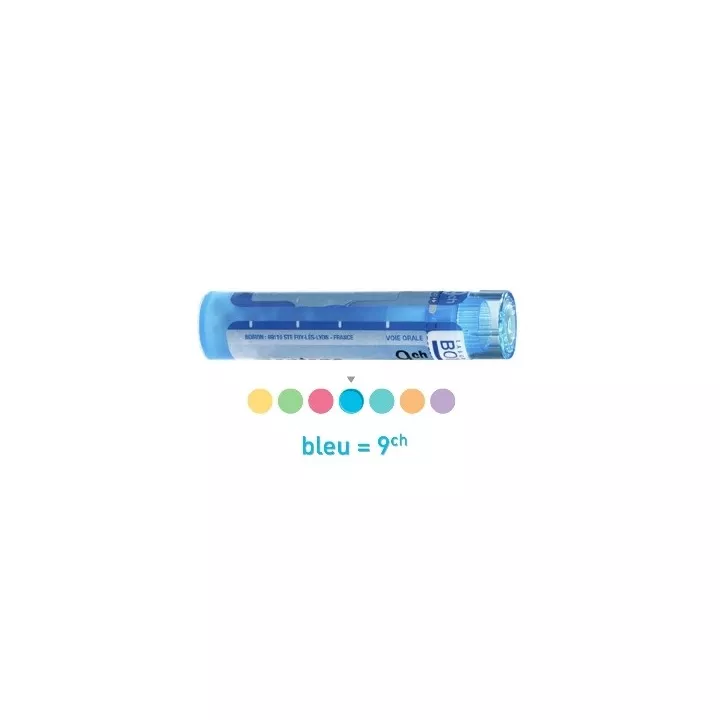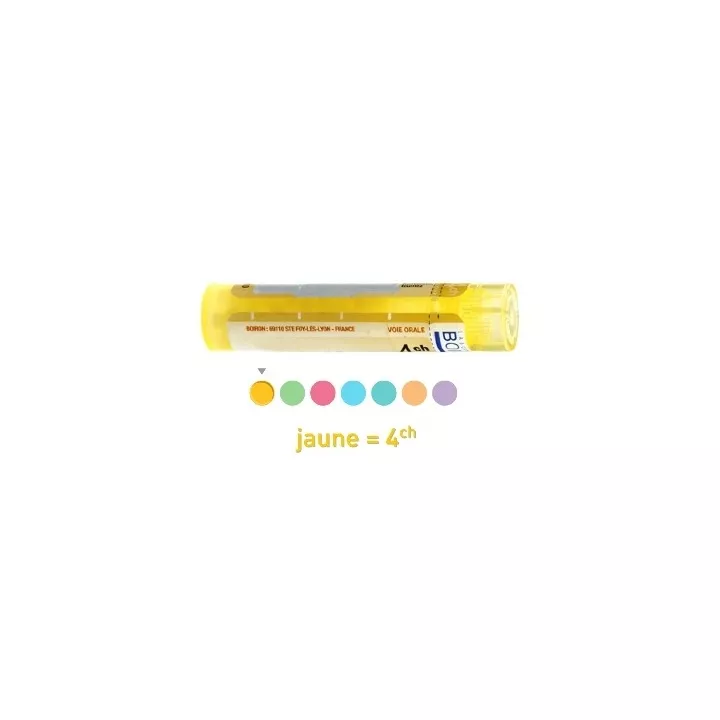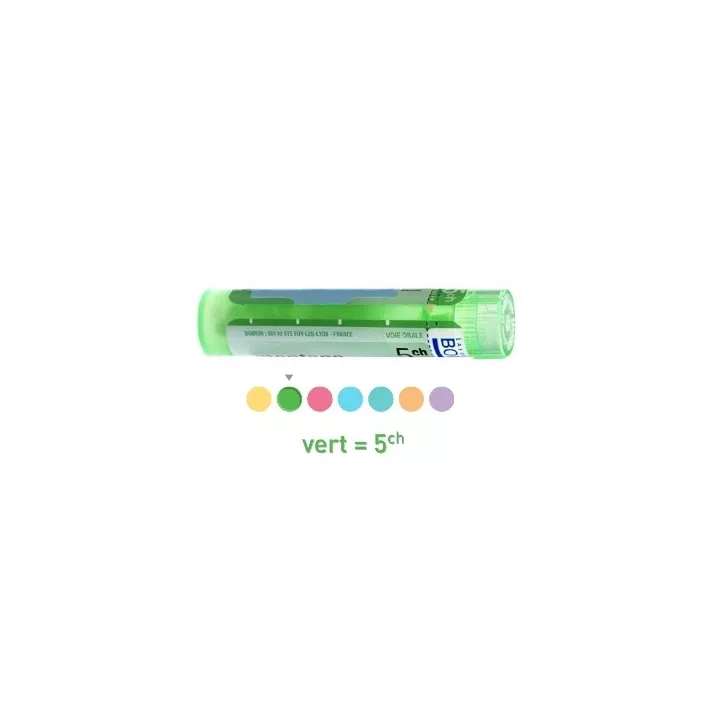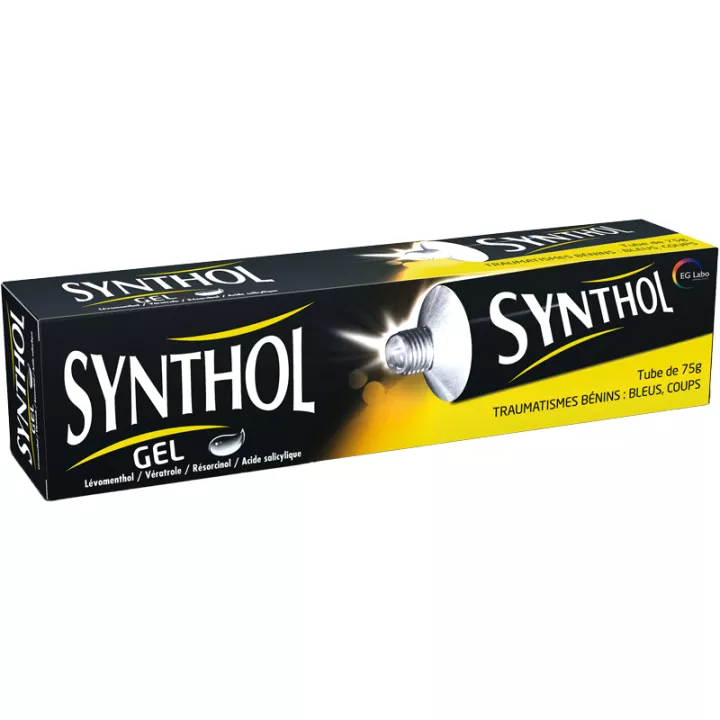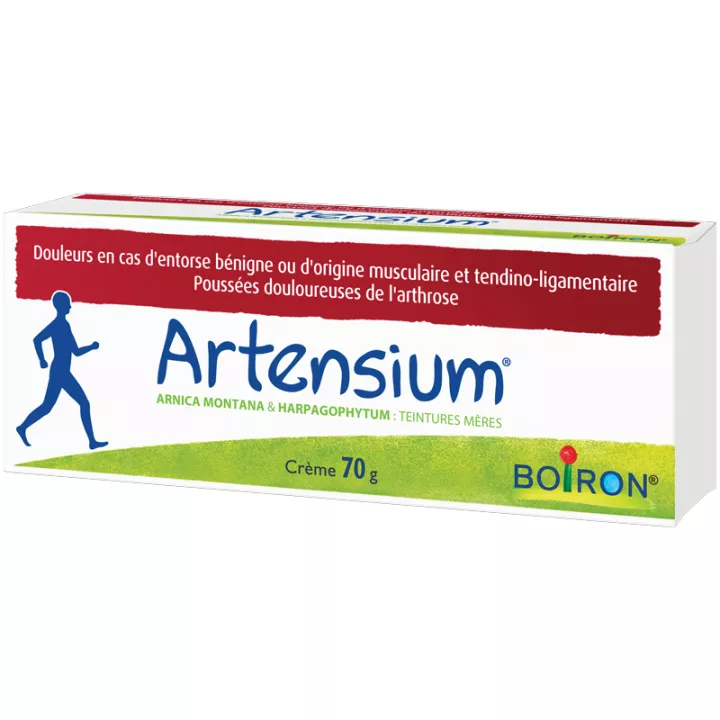Viola Odorata Homeopathic granules Boiron
Viola Odorata, produced by the Boiron laboratory, is a homeopathic medicine derived from scented violet. It is specifically formulated as an antispasmodic sedative and is widely used in rheumatology. This comprehensive guide covers its key characteristics, therapeutic indications, recommended dosage and associated contraindications.
Origin: Vegetal
Available from TM to 30 CH
Viola Odorata derives its mother tincture from the sweet violet. Viola Odorata's active ingredient is extracted from a blue-flowered herbaceous plant known as sweet violet, belonging to the Violaceae family. This plant, mainly native to Europe, is also found in Africa and Asia. It is renowned for its olfactory properties, which also make it suitable for use in perfumery.
Choosing the right dilution of Viola Odorata for homeopathy
Depending on the type of symptoms to be treated, different dilutions are used.
- low dilutions (4CH-5CH) are used for local symptoms
- medium dilutions (7CH-9CH) are used to treat more general symptoms
- high dilutions (15CH-30CH) are for behavioral disorders
Available formats
Viola Odorata is available in a variety of formats to suit individual needs:
- Granulated tubes: 4 CH, 5 CH, 7 CH, 9 CH
- Magistral preparations: Hahnemannian dilutions starting at 3 CH
Medical indications: Expertise in rheumatology
Deltoid muscle rheumatism
In typical cases, Viola Odorata is indicated to alleviate rheumatic symptoms affecting the deltoid muscle. Patients suffering from this condition may experience muscle tremors and bone bruising sensations, particularly on awakening.
Finger and wrist rheumatism
Viola Odorata has also proved effective in treating rheumatism of the fingers and wrists, characterized by tearing pain in the carpals and metacarpals. Patients may also experience psychological disorders such as annoyance and tearfulness.
Use in rheumatology
Viola Odorata is mainly indicated for the treatment of :
- Rheumatism of the deltoid muscle
- Bone disorders affecting the upper part of the body
- attacks of rheumatism in the fingers or wrists
This homeopathic remedy is mainly indicated for rheumatic pathologies that manifest themselves as burning, intermittent pains. It is particularly suitable for rheumatic problems affecting the upper limbs.
The homeopathic doctor chooses the dilution of Viola Odorata for each pathology or symptom.
Thus, Viola Odorata is the most appropriate remedy for rheumatism of the hand, fingers or wrist, as well as rheumatism of the deltoid muscle. Moreover, taking this medicine has no side effects that could be harmful to the body.
How to use Viola Odorata and instructions for use
Twist the tube to drop the desired number of granules into the cap, then place Viola Odorata homeopathic granules 3CH, 4CH, 5CH, 6CH, 7CH, 9CH, 15CH, 30CH, 3DH, 6DH, 8DH under the tongue.
Dosage: under medical supervision
Depending on the medical prescription, the standard dosage is 5 granules or 10 drops of Viola Odorata, taken at mealtimes.
For rheumatism of the wrist and muscular pain exacerbated by fresh air, the usual treatment recommends Viola Odorata 5 CH, 3 granules per dose, twice a day. An alternative would be Viola Odorata 6 DH, 5 granules a day. However, it is essential to reduce the frequency of doses once the patient's condition improves, to once or twice a week.
Presentation
Translucent granule tube. Weight 4g. Approx. 80 Viola Odorata homeopathic granules 3CH, 4CH, 5CH, 6CH, 7CH, 9CH, 15CH, 30CH, 3DH, 6DH, 8DH
Viola Odorata is an effective homeopathic therapeutic solution, particularly for the treatment of rheumatism and bone diseases. Its wide range of dilutions enables personalized treatment. However, prior medical consultation is imperative to determine the appropriate dosage and identify any contraindications. This makes it a viable option for those seeking a natural, holistic approach to their medical condition.
Viola Odorata, commonly known as scented violet, is a plant recognized not only for its beauty and pleasant fragrance, but also for its therapeutic virtues in homeopathy. Derived from a plant origin and registered under number EH02140, this homeopathic strain offers a natural alternative for the treatment of a variety of conditions. This article explores the characteristics, availability and potential applications of Viola Odorata in homeopathy.
Origin and extraction
Viola odorata is harvested for its medicinal properties, which are then extracted and diluted according to homeopathic principles. The plant is prized for its active compounds, which include flavonoids and saponins, contributing to its health benefits. In homeopathy, Viola Odorata is used to harness these properties in dilute form to encourage the body's natural healing process.
Available formulations
Tubes: Viola Odorata is available in tube form in several dilutions, including 4 CH, 5 CH, 7 CH and 9 CH. This range of potencies enables patients and practitioners to choose the most appropriate dilution according to symptoms and individual sensitivity.
Magistral preparations: For those requiring specific dilutions or customized preparations, Viola Odorata is also available for magistral preparations, starting at 3 CH. This option underlines the flexibility and adaptability of homeopathy to meet the unique needs of each patient.
Therapeutic applications
Viola Odorata is traditionally used in homeopathy to treat a variety of disorders, particularly those related to the respiratory system and skin. It is often recommended to relieve cold symptoms, such as coughing and nasal congestion, as well as to treat certain skin conditions, such as eczema and acne. Its ability to soothe and reduce inflammation makes it a relevant choice for these conditions.

